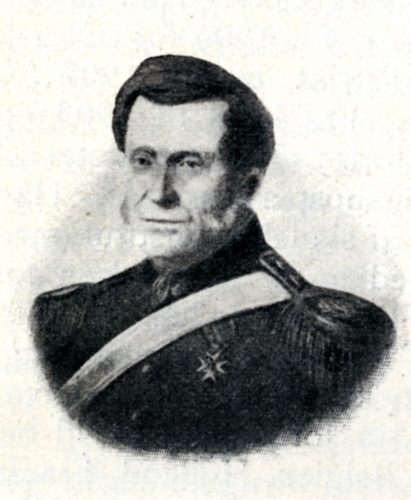Jens Johan Hjort (1798–1873)
In 1832, Hjort travelled to Western Norway, where he visited St. Jørgen’s Hospital. He describes the situation in the hospital in his report to the ministry. In the years that followed, he worked to establish a state sanatorium for leprosy in Bergen.

Hjort was born in Christiania and graduated with a degree in medicine from the Royal Frederik University in Christiania in 1822. He was appointed a company medical officer in the Norwegian army and later became a brigade medical officer. He worked at several different hospitals, before becoming a senior registrar consultant at Rikshospitalet Hospital in 1837 and a senior consultant in the dermatology department there in 1841.
Daniel C. Danielssen was a pupil of medical officer Hjort in the 1830s. Like many physicians at that time, both were interested in syphilis and leprosy, and there was a great deal of uncertainty and disagreement about these diseases and their origins. In 1831, Hjort received funding for a study trip to learn about the most common skin diseases in Western and Southern Norway. In connection with this trip, he would also investigate the conditions at St. Jørgen’s Hospital.
He made the trip in the summer of 1832. In his report to the ministry he describes St. Jørgen’s Hospital and the many faults and shortcomings he believed made it unsuitable for combatting the disease. Hjort was convinced that leprosy could be cured and was a strong driving force behind establishing a sanatorium in Bergen, what came to be Lungegård Hospital.
Hjort was active in several areas. In 1826, he established the ‘Det Lægevidenskabelige Journal- og Læseselskab’ (medical journal and reading club) in Christiania, which later became the Norwegian Medical Society. They published the journal Eyr from 1826 to 1837 and Norsk Magazin for Lægevidenskabenfrom 1840. Hjort was on the latter’s first editorial board and he published his own work in both of these journals.


Publication on leprosy in Norway and ‘Safeguards against it’ by Hjort, published 1871.



